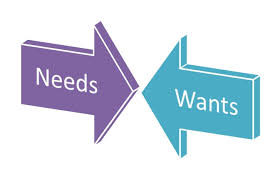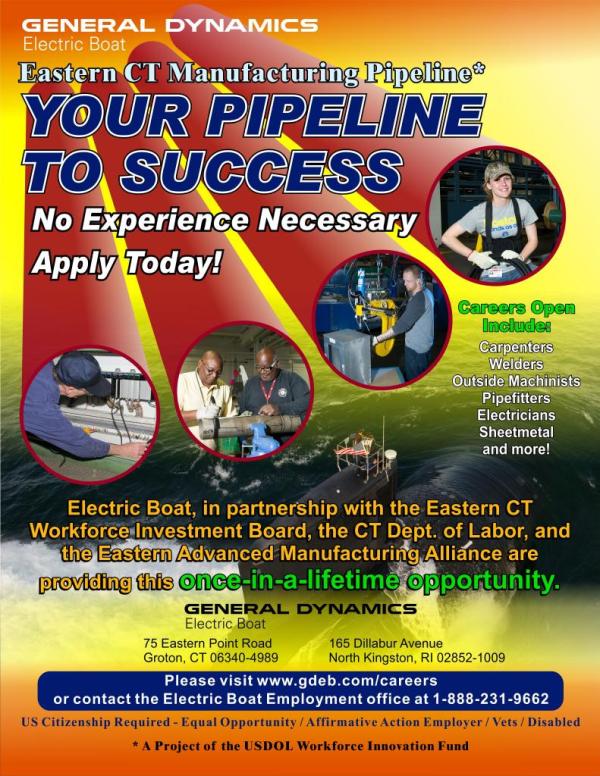By George Bernocco

It’s been a while since I’ve posted and I figured I would not only do an update, but rather update us all on our current labor market. Questions still remain as we have transitioned out of the recession. Are there jobs and where are they? Let’s take a quick glance as 2014 begins to close out.
Unemployment Rate is down
The numbers show that, as of September 2014, unemployment rate is at 5.9% for the national rate (http://www.bls.gov/news.release/empsit.nr0.htm). Just so you can see the decline of the rate:
September 2011 = 9.0%
September 2012 = 7.8%
September 2013 = 7.2%
September 2014 = 5.9%
(http://www1.ctdol.state.ct.us/lmi/unemprateCTUS.asp)
The number suggests that the labor market is getting better nationally. Now for Connecticut, the numbers are as follows:
August 2011 = 8.9%
August 2012 = 8.5%
August 2013 = 7.8%
August 2014 = 6.6%
Although the numbers show a decline, the unemployment rate in Connecticut is still above the national number.

Want vs Need
As the layoffs hit during the recession, no one envisioned it might take a long time for them to return to work. As a result, employment gaps among the unemployed population became the biggest concern of an “employer” market. As employers were much more selective in determining their candidates during the recession, more and more people became “discouraged” unemployed. This process occurred over about six years, where unemployment extensions came and went.
And then, everything started to get better. Numbers started to fall back below pre-recession rated. Jobs started to come around. The result was people taking jobs they needed rather than wanted, as support benefits at state and federal levels were not enough for not long enough. Jobseekers, unable to get into the field they wanted for so long during the recession, began picking up employment opportunities as they were offered to them.

“College Graduate working as wait staff”
The labor market has changed since before recession levels. Jobs are not quite up to where they were before the recession hit, especially when we talk industry specific. If we looked at hospitality and restaurant workers, there is practically a job out there for every single job seeker. These are jobs that some, not all, would be willing to take, or have obtained in the wake of the great recession. However, these employees may have never left “job seeker” status.
The job seeker today, which may be you reading this article, might be employed. Might be at a job they don’t see a future at. The job may have been something to pay the bills, and had little or nothing to do with the career you have in mind. The job may be part time. The job might be in your career field but pays significantly less than what you made before or what you were expecting. You might be a recent Computer Engineer college graduate working as a waiter. As a result, the job seeker is looking to get back on that path towards their career as they receive a pay check from their job.

Employer Market vs Job Seeker Market
What has been predominantly an employer market is in the process of changing towards job seeker market. As the jobs begin opening up across career fields, job seekers (whether employed or not) will be more in control. Employers will still be selective of who they want, but may have to go out and find their candidate. Employers will have to create more incentives (Pay amount, vacation, bonuses, perks, etc) to hire people, and job seekers will have more of a choice of where and who they want to work for.
The process of transition from employer market to job seeker market has already begun. Which is why as a job seeker it is important to let the employers know that, even if you are employed, you are interested in a career with them. Making sure your resume and LinkedIn profile are out on the internet is crucial right now. Employers might be contacting you without you even having applied to them. This is a stark contrast from the recession era, where one would apply for a job over the internet and may never hear from the employer.
In conclusion, the job market is improving. The average job seeker varies from the job seeker of four years ago. Make yourself marketable now so that employers can find you and reach out to you for a career. When we talk about this recession, not only can we see the light at the end of the tunnel, we can begin to feel some of the warmth the light provides.






